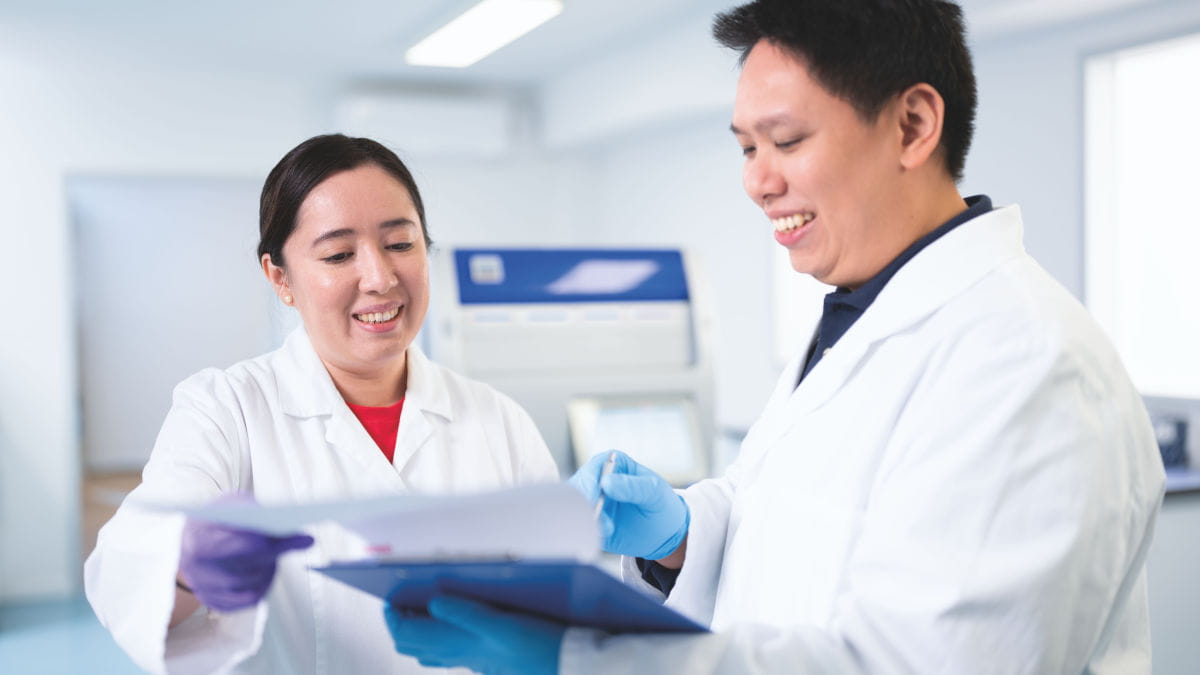
Get high diagnostic accuracy with digital PCR for infectious disease detection and control
Mpox resources
Let us help. We are prioritizing efforts to support your lab.
Infectious disease – webinars, stories and more
Webinars
Get the latest insights with our most recent infectious disease webinars.
COVID-19 solutions
Learn more about our comprehensive diagnostic and research portfolio




